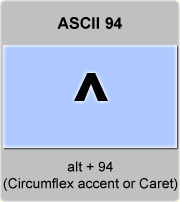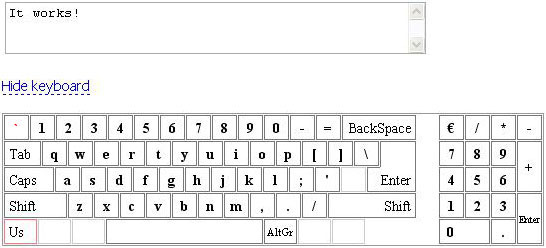

If you are learning German outside of a classroom and you aren’t sure that you are pronouncing a word correctly, the websites or have audio clips for a good number of words. Whenever I found a new word with an ä in it, I would quietly say my example word, “Mädchen”, to myself before reading the new word aloud. I had issues with the “ä” noise in particular. This will help your pronunciation by giving you something to try and simulate/recreate on your own. When I was learning, I found it most helpful to remember a specific, common, word with the different letters in it for reference. The biggest differences between English and German pronunciation are those listed in my chart below. I have provided you with a short example word that showcases the pronunciation.

The letter that looks like a “squiggily B with a tail” is a letter from the Greek alphabet that the Germans use to make a double “s” noise. But, using the face visual is actually kind of helpful because, as you’ll see in the chart, they require you to move your lips differently than the regular, un-umlauted vowel. They are there to denote a different vocalization/pronunciation of the vowel. And unfortunately they aren’t just there to make your “u” look like a smiley face (or make the “o” look like it’s screaming in terror”). The dots are an accent mark called the umlaut. Really quick, I want to tell you the names of the “little dots on top” of the vowels and the “squiggily B with a tail”. The first difference you might notice in picking up anything written in German is the addition of a few letters. For starters, German is a LOT more phonetic than English what you see is what you say! Unless words are borrowed from other languages (and sometimes not even then), you will never see a ‘silent’ letter in German (take that French learners)! Well, if you’re just starting to learn German, it’s best to start at the beginning.Īs far as pronunciation goes, German and English are actually pretty similar– they are both Germanic languages after all. Thanks for reading! Pronunciation & Translation – Sounding it Out & Breaking it Down You can get a small umlauted “u” in a circle, a color-inverted small umlauted “u” in a circle and a symbol that represents my relationship to the German language: Now, because you made it all the way down to the bottom of my post, I’ll let you in on a few extra Alt Code “secrets”. If all else fails, you can use Google to search for a word with the umlauted letter or Eszett from which you can copy and paste the desired character into your document/webpage. You can dig through all of the available symbols and create a document with each of the special characters from which to copy and paste. Microsoft Office products also usually have the “Insert Symbol” option. Substituting for the “ß” gets a little tricky because there are specific rules about using the “ß” versus a double “s”. If you are like me in college, and didn’t have a keyboard with a Numbers Pad, it is generally accepted to represent an umlauted letter with an “e” after the what would be the umlauted vowel (Ex: “ä” would be typed “ae” or “ö” would be typed “oe”). Don’t worry, you didn’t break your computer– you just summoned up a different Alt Code. If you make a typo while entering the numbers, a different character may appear. If it doesn’t, make sure that your “Num Lock” is on, and try again. Your desired letter should appear as soon as you release the “Alt” key.

Press and hold the “Alt” key on your keyboard, and then on the numbers pad, press the number combination below that is associated with your desired letter. But on a standard English keyboard, there are no vowels with umlauts, or the Eszett so how do you make them pop up on your screen?
#NUMPAD CODE FOR A WITH UMLAUT HOW TO#
Be it for an essay, an e-mail, a facebook message or to look up a word in an online dictionary, it is important to know how to type all of the special German characters. Chances are, at some point, you will want to try and write something in German on a computer.


 0 kommentar(er)
0 kommentar(er)
